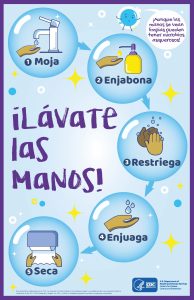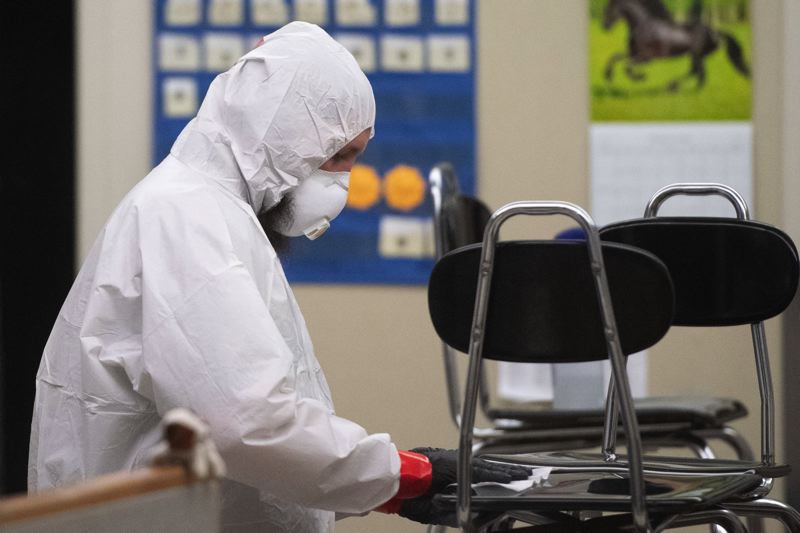
The following can serve as a checklist for what you should do if you suspect a COVID-19 exposure has
occurred at your manufacturing facility. This advice is based upon recommendations from the Center for Disease Control (CDC). You can use the sources in this document and on the CDC’s website to ensure youhave the latest updates and recommendations. Be sure to refer to Rhode Island’s recommendations as well.
Download this checklist here.
Protect your Staff:
- Employees (or visitors) who appear to have acute respiratory illness symptoms (i.e. cough, shortness of breath) upon arrival to work or become sick during the day should be separated from other employees and be sent home immediately.
- Provide the employee with a copy of CDC’s 2019 nCoV fact sheet showing them how to get treatment.
- Refer to your state’s guidance in determining appropriate follow-up actions and notifications and review their Business Guidance recommendations.
- If possible, identify which areas of your facility were visited by the sick individual and which staff may have come into contact with them. Consult with your state’s guidance on appropriate actions (they may recommend a 14 day home self quarantine for these staff).
- Consider a temporary shut-down of the facility to thoroughly clean the facility before re-opening for business. Associated with this would be implementation of any flexible leave, flexible working and work from home arrangements.
- Communicate with your staff, suppliers, customers and business partners on your facility status and plans.
Conduct a Thorough Environmental Cleaning:
- Refer to CDC’s Environmental Cleaning and Disinfection Recommendations for what steps are required at your site.
- It is recommended to close off areas used by the ill persons and wait as long as practical before beginning cleaning and disinfection to minimize potential for exposure to respiratory droplets. Open outside doors and windows to increase air circulation in the area. If possible, wait up to 24 hours before beginning cleaning and disinfection.
- Ensure all cleaning staff receive proper training in advance and have proper PPE (Personal Protective Equipment). The recommended PPE include gowns, gloves and goggles or face shields for splash protection.

- Review OSHA requirements in terms of dealing with cleaning products and proper use of PPE.
- Cleaning staff should clean and disinfect all areas (e.g., offices, restrooms, machines and common areas) used by the ill persons, focusing especially on frequently touched surfaces.
- If surfaces are dirty, they should be cleaned using a detergent or soap and water prior to disinfection.
- For disinfection, diluted household bleach solutions, alcohol solutions with at least 70% alcohol, and most common EPA-registered household disinfectants should be effective.
- Do not use compressed air or water sprays to clean potentially contaminated surfaces, as these techniques may aerosolize infectious material.
- Ensure the cleaning staff follow proper and frequent hand washing practices.
- Properly dispose or clean PPE, laundry, and refuse.Have a process to monitor global events to identify potential supply chain disruptions early.
Source: The Center for Industrial Research and Service (part of the MEP National Network), www.ciras.iastate.edu.
